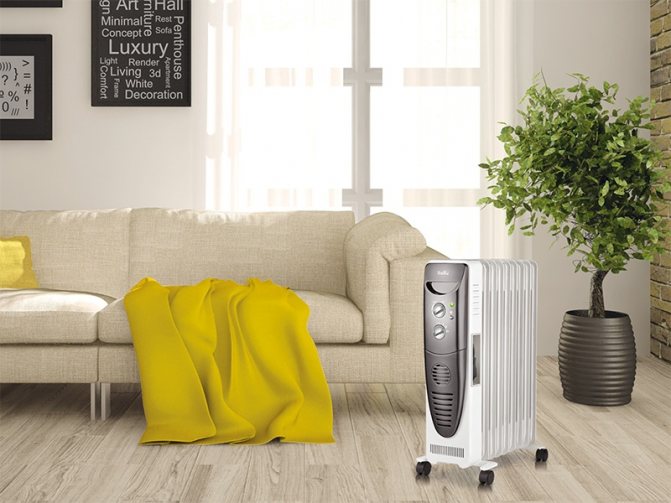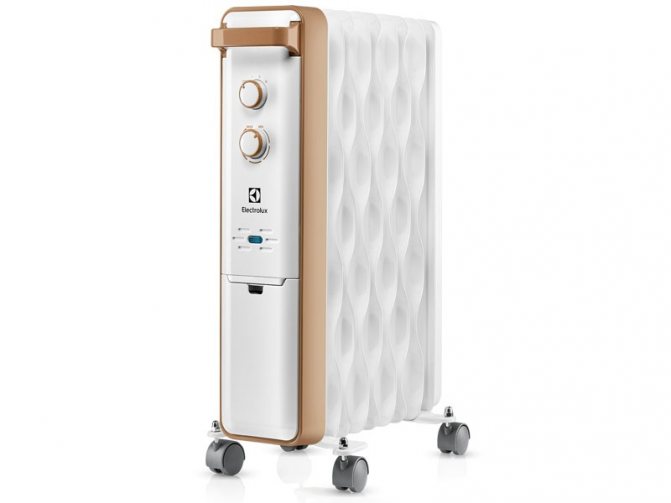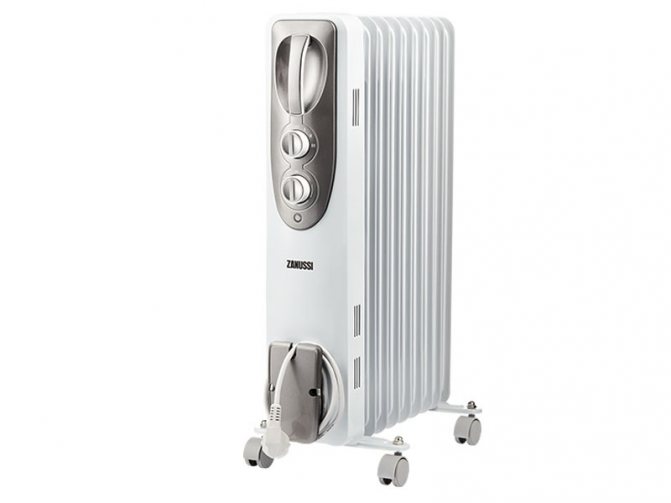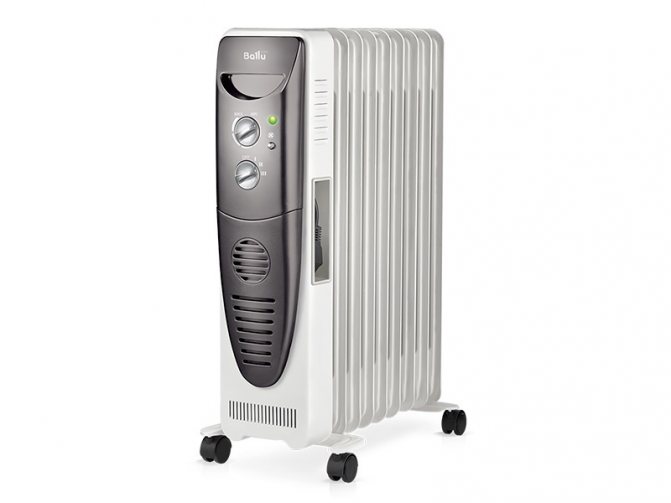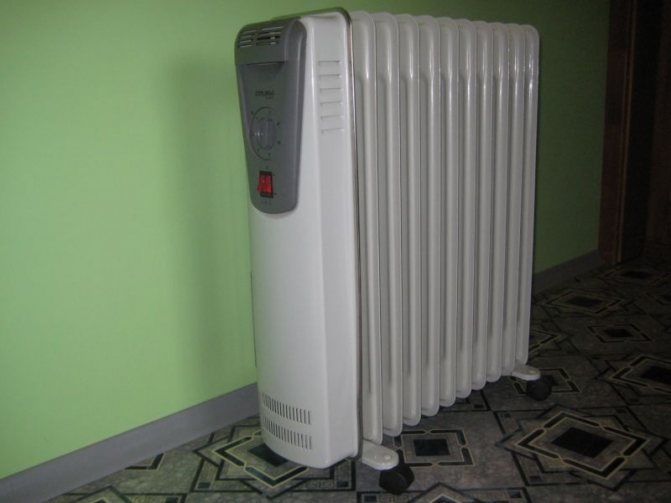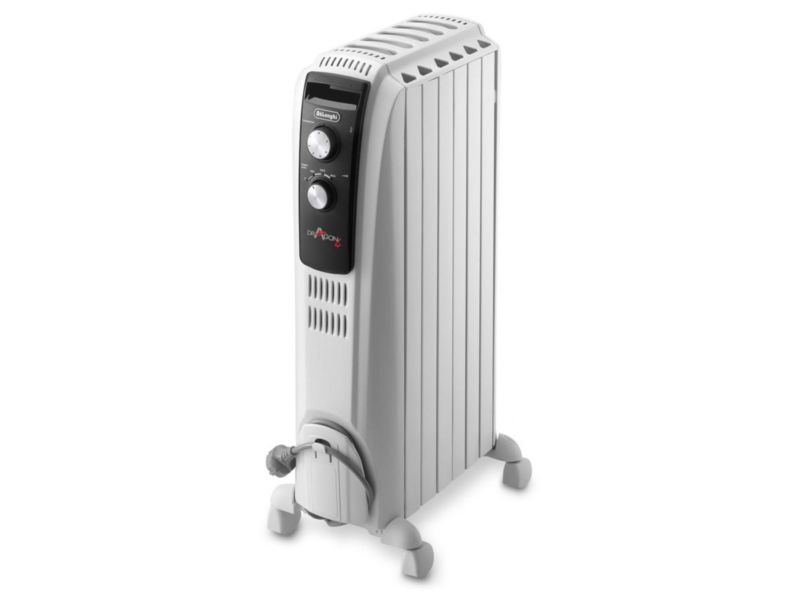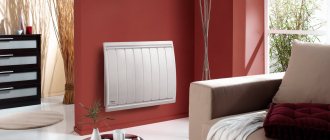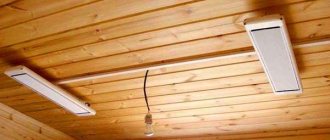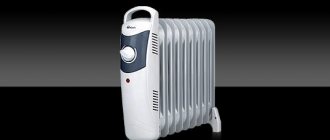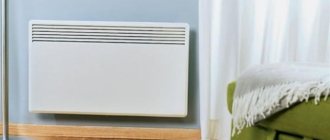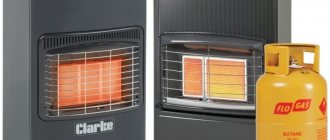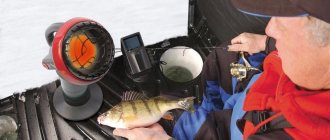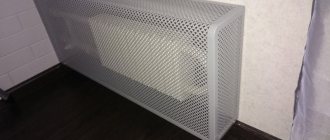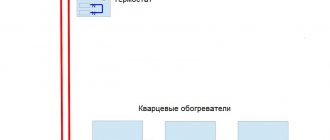The device and principle of operation of the heater
Consists of:
- oil tank;
- electric heater;
- control unit.
When a tubular electric heater (TEN) is heated, heat enters the oil, and it gives off heat through the metal body to the air. The reservoir can be constructively:
- lamellar;
- sectional.
The lamellas have a small thickness, it is convenient to place them on the walls. When compared with sectional ones, they have less power. This is explained by the smaller area.
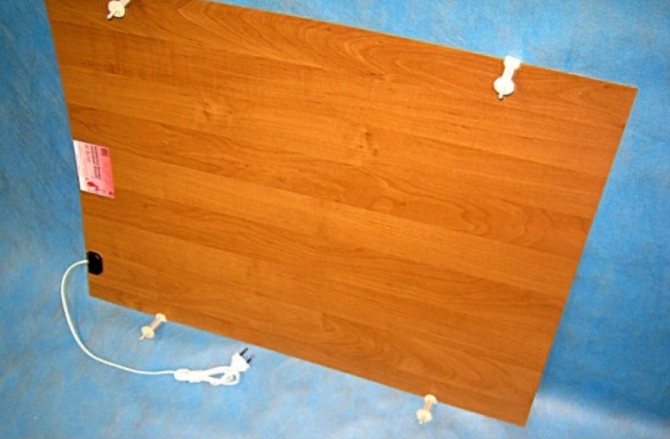
Plate heaters can be matched with furniture
Sectional ones are large, you can install a fan to increase heat transfer. Refers to outdoor. Legs or castors are used for support. The advantage is fast heating. The sections create convection - air mixing, circulation allows faster, more even heating of the surrounding space.
Elements:
- fuse;
- thermostats;
- signal lamps;
- switches.
Power regulation, rollover protection, emergency valve can be provided.
Principle of operation: when voltage is applied to the electric heater, heating occurs. Heat is transferred to the oil. It expands, becomes lighter, rises up. In its place comes the cold, heavy. It turns out a cycle.


Heating element with two spirals
An adjustable thermostat is attached to the plastic cover for adjusting the case temperature. The bimetallic plate, upon reaching the set temperature, opens the power contacts, de-energizing the heater. When the temperature drops, the plate will cool down and turn on the contacts. Some heating elements have two spirals, they are connected via key switches located on the body.
Do not cover the ventilation holes on the case, this will lead to incorrect operation of the equipment.
For protection against overturning, a device is provided - an eccentric movable contact that opens when the radiator is tilted. Overheating protection - thermostat, there is a button to turn it on again, or an emergency valve. The electric heater will not turn on so that the owners are warned of the malfunction.
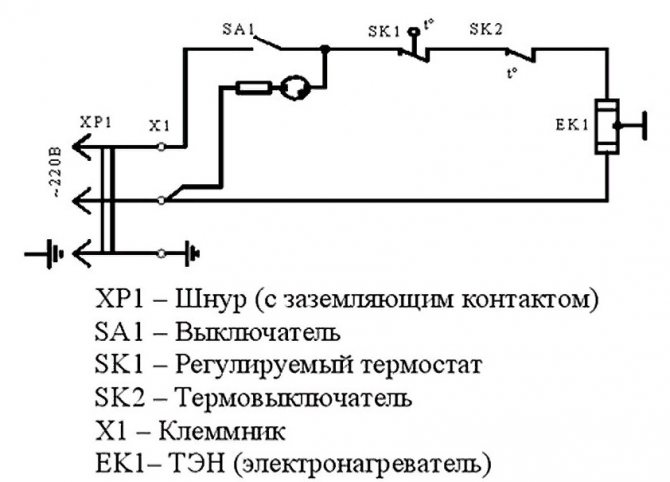

Electrical circuit diagram
The aquarium is not for fish
- What if the batteries at home cannot be disconnected?
Use improvised means: hang wet rags on batteries, put containers with water, including open aquariums, carry out wet cleaning every day. Houseplants humidify the air well. An obligatory household appliance should be a humidifier. If it is impossible to ensure the optimal level of humidity throughout the apartment, then at least in the area where the child is.
A special topic is the temperature in kindergartens. Studies were carried out that revealed: the incidence of ARVI in kindergartens, where the air is dry, is two times higher than where the humidity is ideal. Therefore, parents need to pay attention to the microclimate in the kindergarten, and in case of violation of the temperature regime, contact the administration.
- What measures for the prevention of respiratory diseases in the autumn period would you recommend?
First, there are regular long walks. The child must be dressed for the weather, it is impossible for the children to be constantly wrapped up, the body must breathe. Secondly, constant vitaminized nutrition, it will not be possible to gorge on vitamins for future use in the summer. It is important to remember a simple rule: we must receive the vitamins that we grow. For example, cranberries and lingonberries are the best ascorbic acid for northerners. Garlic should also be a regular guest on the table.
You should not wrap your child too warmly for a walk.Photo: pixabay.com
- And hardening?
There are a lot of hardening systems. The methodology must be selected for the child, his current condition, the presence of chronic diseases. If a child is asthmatic, not every hardening technique will suit him, which can provoke the disease. Therefore, it is better for parents to contact their local pediatrician for recommendations on hardening.
If you do not have a special device at home that measures air humidity - a hygrometer, you can find out this indicator using a simple glass glass and water. To do this, pour cold water into a glass and refrigerate until the temperature of the liquid in the container cools down to 3-5 degrees.
Photo: pixabay.com / klimkin
A chilled glass should be placed in a room away from a heating source and observe:
If the condensate is completely dry after 5-10 minutes, the air in the room is very dry;
If after 5-10 minutes the condensate has collected in large drops on the walls of the glass and flows from them in streams - the air in the room is excessively humid;
Normal humidity in the room if after 5-10 minutes the condensation has not dried out, but it has not flowed either.
Thus, the glass and water turn into a handmade hygrometer.
Infrared heaters are the most popular air heaters used by people in their home.
They are more efficient than oil radiators, "heat guns", consume a small amount of electricity, do not burn oxygen in the room and generally do not have any negative impact on human health.
In addition to their direct responsibility - space heating, heaters began to be used in "infrared saunas", which also do not harm health.
Classification of oil coolers
Features of the electric heater:
- profile;
- material;
- power;
- installation method.
The profile is made of metal with a thickness of 0.8-1 mm. Sectional heaters are welded from separate sections, ribs give them rigidity and strength. They can work as a convector if a fan is installed. Material:
- aluminum;
- steel;
- bimetal.
Aluminum is used in low-power wall-mounted radiators, which are less exposed to mechanical stress and do not tip over. Floor - steel, bimetallic. In the latter case, the body is made of steel, and the fins, to improve heat transfer, are made of aluminum.
By power, they are distinguished:
- low-power, 0.5-1 kW;
- medium, 1–2.5 kW;
- powerful, 2.5-3 kW.
Installation:
- floor;
- wall-mounted;
- universal.
Advantages and disadvantages
Benefits:
- security;
- noiselessness;
- simplicity;
- compactness;
- durability;
- maintainability;
- aesthetics.
Safety is maintained by strict adherence to instructions, timely repairs in the event of a malfunction. The devices are silent except for the built-in fans. However, if the fan is of good quality and in good working order, the noise is almost imperceptible. The simplicity of the design allows you to quickly master the control method, does not require time to start, stop the structure.
Some electric heaters provide for the replacement of the heating element. The weak point is the body, which should be protected.
Disadvantages:
- high energy consumption;
- if the automation fails, the case heats up very much and can cause a burn.
How to choose an oil-filled electric heater, which one is better
To choose a device, you need to consider:
- power;
- the size of the sections;
- the weight;
- operating mode;
- functions;
- security.
The choice of power is influenced by many factors, for example, whether the electric heater is the main heating element, in which temperature zone it will work, how quickly it is necessary to heat the room. For an approximate calculation, you can use a ratio of 1:10, 1 kW per 10 m².
The size of the sections is associated with inertia, weight.If the equipment has to be moved frequently, it is desirable that it be lighter, have handles with wheels. The additional power mode affects the heating speed. After heating, you can switch to economy mode by turning off the second spiral.
The energy-saving option is to use two low-power devices instead of one powerful one.
The functions include the use of a humidifier, dryer. If there is a wet cloth on the dryer, it will saturate the air well with steam. If there are children in the house, it is better to cover the heater with a protective cover.
Top heaters: ZANUSSI Nuovo ZOH / NV-11G, General Climate NY23LA, Royal Clima ROR-C7-1500M, etc.
Output
To choose an oil heater for a home, you need to take into account not only the size of the heated areas, but also the location of the devices, the presence of additional functions, and the design of the purchased model. It is very good, by the way, to make a choice of a heating device, given his brand
, as well-known manufacturers usually guarantee the quality of their products. And then the selected heating device will delight the owners for a long time with flawless work.
Thematic materials:
How to properly trim the interior door leaf How to remove old paint from a wooden door? Wooden interior door Glued array What is better to build a bath from: general information, features and recommendations, what kind of bath is better to build What to prepare and how to make a threshold of an entrance door in an apartment How to insulate an entrance door: features and recommendations Do-it-yourself door closer adjustment What is the decoration of a bath inside, photo examples
103583
If you notice an error, select a piece of text and press Ctrl + Enter
Why does the heater click
Sometimes clicks are heard when heating. May be due to water in oil. To eliminate it, it is necessary to unscrew the drain plug or heating element, drain the oil, evaporate the water. In bimetallic heaters, clicks occur due to the different thermal expansion of metals. Clicks are heard when thermostats are triggered, they use a bimetallic plate, when heated or cooled, it sharply changes shape.
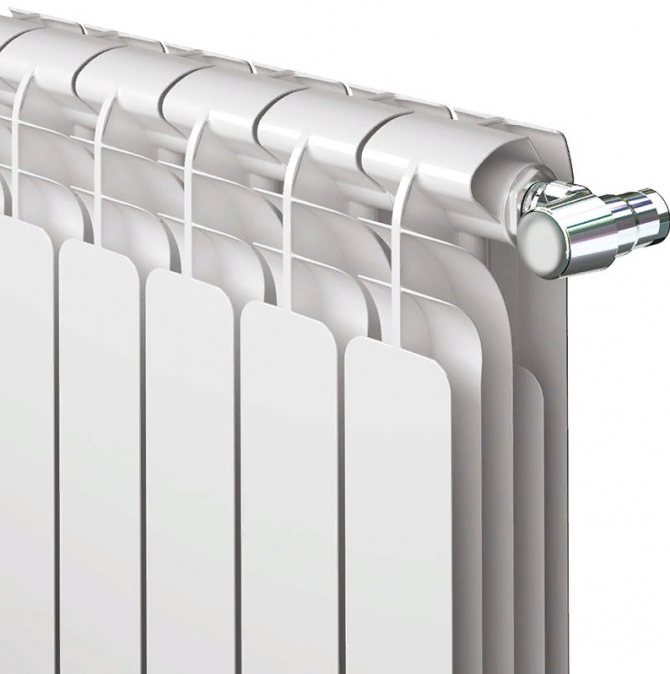

Bimetallic oil heater
Dry air is not good
Natalya Korba, AiF-Yugra: Oleg Vasilievich, why are overheated premises dangerous?
Therapist Oleg Borisov:
The human body is an open system that interacts with the environment every second. The higher the air temperature in the room, the lower the humidity, and this is the most important factor. Excessively dry air dehydrates the body, dries out the skin, mucous membranes of the eyes, nose, throat. This problem is especially relevant for the North.
REFERENCE:
Hygienic standards for air temperature in the premises of social infrastructure facilities: - 21-23 degrees Celsius in playrooms for junior, middle, senior group cells of preschool organizations; - 19-20 degrees Celsius in the bedrooms of all preschool group cells; - 18-24 degrees Celsius in classrooms and classrooms of general education organizations; - 20-26 degrees Celsius in the wards of medical institutions; - not lower than 20 degrees Celsius in the premises for recreation and games in organizations for orphans and children left without parental care; - 20-22 degrees Celsius in the living rooms of social service organizations for the elderly, people with disabilities and people with disabilities. Data provided by Rospotrebnadzor for KhMAO-Yugra.
Very warm houses with a good heating system are being built in our region. Batteries are full of heat, but ventilation systems often do not work so well, and the quality of building materials is poor, they are not breathable and absorb moisture from the air. Add to this also household appliances: electric stoves, radiators. All this reduces the humidity in the air in the house. Its optimal indicator in summer is 60-75%, in winter - 55-70%.In fact, in modern concrete houses, such humidity is not retained, in winter it drops to 25-30%.
- How does this affect our health?
At a humidity of 25-30%, the respiratory epithelium, the protector of the mucous membranes, is destroyed. This leads to easier penetration of infections. Therefore, in the cold season, chronic rhinitis is more often exacerbated, especially in children, which can lead to more serious complications, for example, to adenoids. Dry air makes breathing difficult, a weakened throat is attacked by tonsillitis, tonsillitis. Young children are more likely to develop conjunctivitis - they begin to scratch their eyes and bring dust and dirt into them.
Low indoor humidity can lead to illness, especially in children. Photo: pixabay.com
If the relative humidity in rooms drops to 10% or less, this can lead to serious disruption of the lungs, exacerbation of bronchial asthma, chronic obstructive pulmonary disease.


